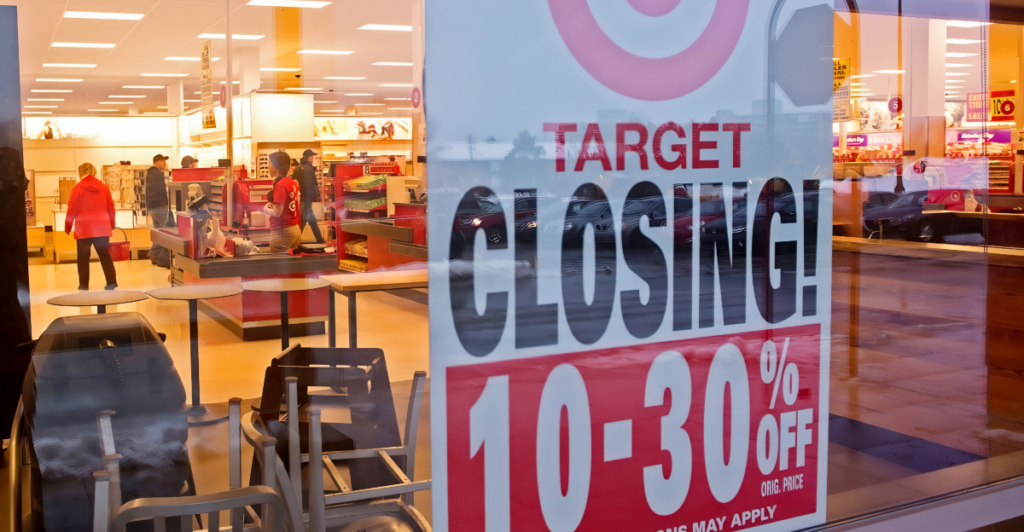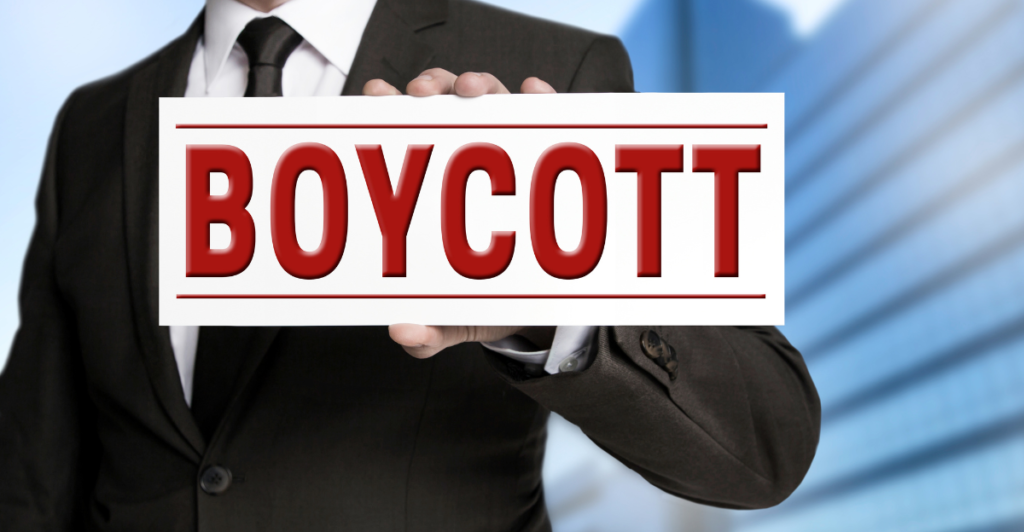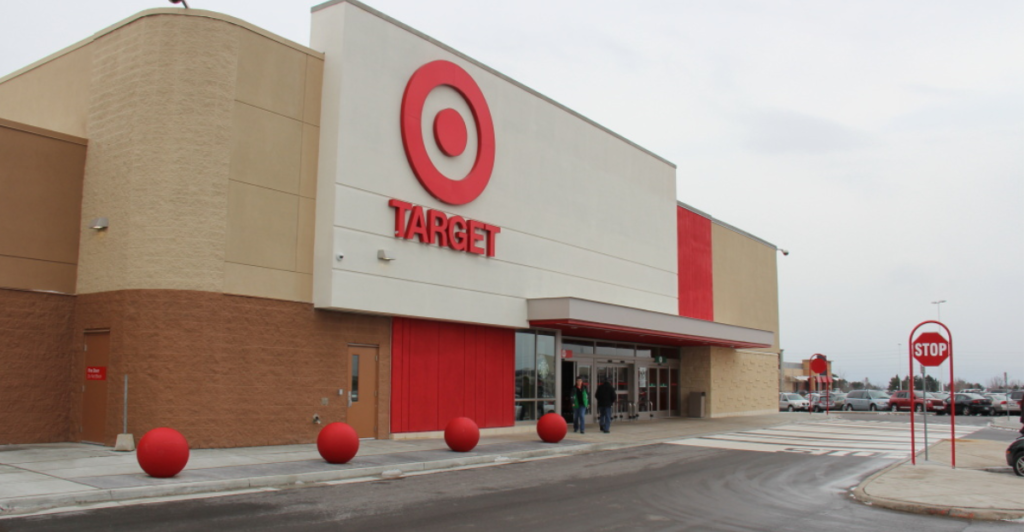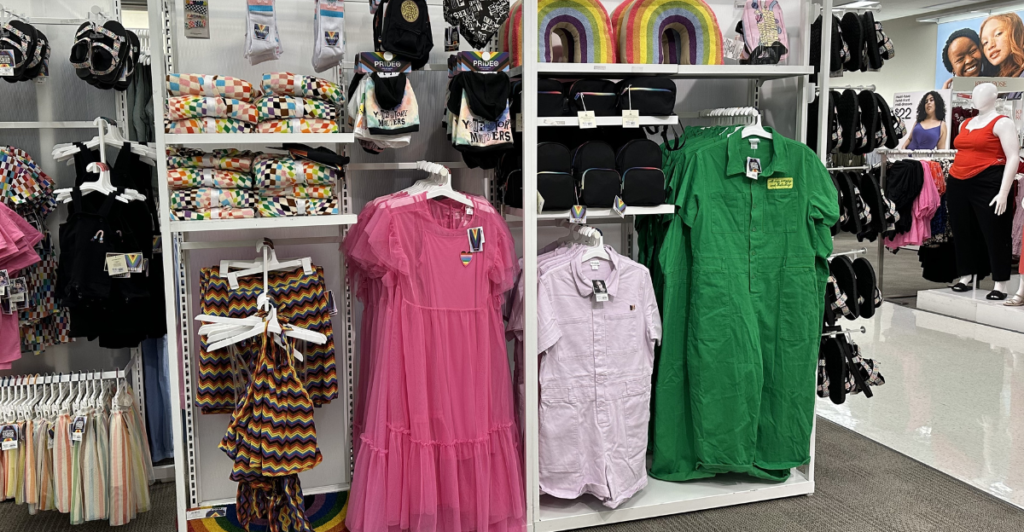
Target, which is a retail giant that is known for its progressive policies, shocked the nation earlier this year by reversing its diversity, equity, and inclusion (DEI) initiatives. In the past, the company had committed billions to support marginalized communities and encourage inclusivity.
However, massive political pressure and changing public sentiment led executives to abruptly backtrack these initiatives. This decision stunned loyal customers and employees and quickly set off a chain reaction. This move had far-reaching internal and external consequences for the iconic retailer.
Policy Reversal Explained

Target’s leadership explained that the “evolving external landscape” influenced their decision to end the DEI programs. The company discreetly phased out its REACH initiative and rebranded Supplier Diversity as Supplier Engagement.
Executives stated that the changes were necessary to align with shifting consumer expectations and legal uncertainties. However, critics argued that the decision was a capitulation to vocal political groups. As news of this decision spread, Target’s reputation for social responsibility started to falter, sparking doubts about the company’s core values and priorities.
Outrage Erupts

The backlash was immediate and intense. Civil rights leaders, advocacy groups, and even loyal customers criticized Target’s sudden policy shift. Anne and Lucy Dayton, who are the daughters of Target’s co-founder, even publicly condemned the decision, calling it a betrayal of Target’s legacy.
The news went viral, and social media erupted with demands for Target to take accountability. Hashtags like #BoycottTarget even trended across the nation. The controversy sparked heated debates about corporate responsibility, social justice, and the growing influence of politics on business. Target suddenly found itself at the center of a nationwide firestorm.
Boycott Takes Hold

In response to the policy reversal, prominent activists organized a 40-day boycott during Lent, urging Black and Hispanic shoppers to take their business elsewhere. Community leaders held rallies and press conferences, using various media platforms to amplify the message and gain wider support for the campaign.
The boycott rapidly gained momentum, with thousands signing on in support. Target’s once-loyal customer base began to waver, and the company underestimated the impact of coordinated consumer action. This misstep led to a significant drop in sales, marking the beginning of a sharp decline for the retailer.
Foot Traffic Declines

As the boycott gained momentum, data from analytics firms showed a sharp decline in store visits. According to Forbes, on February 28 alone, Target’s foot traffic dropped by 9%. This trend continued through March, with weekly declines increasing Target’s troubles.
Empty aisles and shorter checkout lines became a common sight in this time. The boycott’s effect was most noticeable in urban and suburban areas, where its message had the strongest influence. Target’s leadership raced to assess the damage, but the numbers revealed a grim reality.
Sales Plummet

Target’s financial situation worsened as the boycott gained more momentum. February sales figures showed a significant year-over-year decline, with projections for the rest of the year revised downward. Online sales, which were once a massive success, fell significantly during the peak of the boycott.
The retailer’s executives issued cautious statements, acknowledging the challenges of the situation but insisted they would weather the storm. However, investors and analysts were skeptical. Dropping sales and deteriorating customer trust sent shockwaves through the company’s headquarters.
Investor Panic

Wall Street reacted quickly to Target’s deteriorating outlook. According to The Cincinnati Herald, the company’s stock price dropped significantly, which erased $12.4 billion in market value almost overnight. However, other sources suggest the actual loss may be less than reported.
Shareholders, who were alarmed by the sudden downturn, demanded answers from the board. Some investors even filed lawsuits, claiming that Target did not discuss the risks associated with abandoning its DEI initiatives. Financial analysts downgraded the stock, warning that further losses could occur if the company didn’t regain consumer trust. The situation had evolved into a public relations and financial crisis.
Legal Challenges

The lawsuits against Target quickly multiplied, with investors accusing the retail giant of misleading them about the potential fallout from its policy reversal. Legal experts have predicted that the settlement costs could reach millions, which would further damage Target’s finances.
In the meantime, civil rights organizations explored legal avenues to challenge the rollback of DEI programs. These growing legal battles added further complexity to an already dire situation. Target’s legal team worked tirelessly, but the company’s reputation and financial performance continued to decline.
Competitors Capitalize

Rival retailers didn’t waste any time seizing the opportunity that Traget’s troubles created. Walmart and Amazon quickly reaffirmed their DEI commitments, hoping to attract Target shoppers. Smaller chains even launched marketing campaigns emphasizing inclusivity and social responsibility.
A few even teamed up with minority-owned brands that had once partnered with Target. While Target worked to contain the backlash, its rivals gained market share and goodwill. The retail landscape shifted, with Target’s missteps serving as a cautionary tale for the entire industry.
Tariffs Compound Woes

New tariffs on Mexican imports worsened Target’s struggles. The company was forced to raise prices on produce and other goods, which pushed price-sensitive shoppers away. CEO Brian Cornell cautioned that “tariff uncertainty” would pressure profits and reduce consumer spending.
The timing couldn’t have been worse for the retail giant. Target was already struggling with declining sales and a damaged reputation. The combination of external economic pressures and internal turmoil left Target in a sticky situation with no easy solution in sight.
Inflation Hurts Recovery

But on top of everything we’ve already discussed, inflation and rising living costs made it even more difficult for Target to recover. Shoppers, who were already angry about the policy reversal, had to pull back on discretionary purchases. The company attempted to cut prices on thousands of items, but this failed to reverse the downward trend.
Analysts found that Target’s core customers were increasingly shopping at discount retailers or online alternatives. The economic challenges, combined with the ongoing boycott, created a perfect storm. Target’s leadership was under increased pressure to find a way forward.
Community Fallout

However, Target isn’t the only company that has suffered. Minority-owned brands, which were once supported by Target’s DEI programs, faced an uncertain future. The rollback of these programs damaged years of partnership and trust. Many small businesses were reporting declining orders and reduced shelf space. Target was being accused of abandoning its commitments to diversity and inclusion.
Target’s decision to rebrand its Supplier Diversity program as “Supplier Engagement” was met with doubt and criticism. The damage to the brand’s relationship with minority entrepreneurs and local communities was profound and raised questions about the company’s long-term viability.
Brand Reputation Damaged

Recent surveys have shown a massive drop in Target’s brand favorability. Target, which was once known and loved for its progressive values, now faces widespread criticism. As #BoycottTarget continued to trend, the company’s controversial decision remained in the public eye.
News outlets published op-eds and investigative reports examining the company’s decision-making process. Target’s image as an inclusive, forward-thinking retailer was tarnished. Restoring trust would take more than just marketing spin; it would require genuine engagement with the communities that had been alienated.
Employee Discontent

Target’s employee morale also plummeted. Staff members were frustrated and disappointed over the policy changes, with some even staging walkouts. Internal forums were filled with heated debates about the company’s direction.
Many employees felt that Target’s leaders betrayed the values that once made Target a good workplace. The company’s once-strong internal culture was damaged by the policy changes. Although executives tried to reassure workers, skepticism remained high.
An Isolated Incident

Target’s decision to retreat from DEI was not an isolated incident. Many other major corporations also quietly reconsidered their diversity initiatives. Conservative judicial decisions and political changes led some companies to reduce or rebrand similar programs.
Industry analysts warned that Target’s experience could have a chilling effect on corporate social responsibility efforts across the country. The backlash Target faced served as a stark reminder of the risks associated with abrupt policy reversals in a divided society.
The Power of Consumer Activism

Meanwhile, the success of the boycott showed the power of organized consumer action. Consumers made it clear that even the biggest corporations aren’t immune to backlash when they stray from community values. Activists used social media, grassroots organizing, and coalition-building to spread their message and gather support.
The campaign’s impact extended beyond Target, inspiring similar movements at other companies. This showed the importance of listening to customers and stakeholders. This lesson came at a steep price for Target, but the implications were far-reaching.
Financial Fallouts

While lawsuits piled up and boycotts continued, Target’s profits plummeted. Quarterly earnings reports showed steeper losses than anticipated. Credit rating agencies even considered downgrading Target’s debt because of reputational and operational risks.
Some analysts predicted store closures and layoffs if this downward spiral persisted. The financial community also lost a lot of confidence in Target’s leadership. Recovery from this disaster seemed increasingly out of reach.
Leadership Scrambles

Target’s leadership attempted damage control, promising to listen to community concerns and stabilize prices. They even organized town hall meetings and listening sessions to engage with the public, but the attendance for these meetings was very low.
Many stakeholders were skeptical and viewed these efforts as too little, too late. Target’s credibility was severely damaged, which made it extremely difficult to regain trust. Some board members even called for new leadership, believing that fresh perspectives were required to navigate the crisis.
Uncertain Future

With its reputation damaged and its financial outlook uncertain, Target’s future remained uncertain. The retailer’s experience served as a cautionary tale for other companies navigating America’s polarized cultural and economic landscape.
Target’s decision led to a significant backlash, including a 40-day boycott that was organized by civil rights and faith-based groups. This move alienated a portion of its customer base and caused legal challenges, with investors accusing the company of misleading them about the risks associated with its DEI policies.
Lessons for All

Target’s sales freefall highlighted the dangers of abrupt policy reversals and the power of consumer activism. This situation shows the importance of transparency, stakeholder engagement, and corporate responsibility.
Companies everywhere should take note and reevaluate their own commitments and communication strategies. For now, Target’s future remains uncertain.
Discover more trending stories and Follow us to keep inspiration flowing to your feed!

Craving more home and lifestyle inspiration? Hit Follow to keep the creativity flowing, and let us know your thoughts in the comments below!
